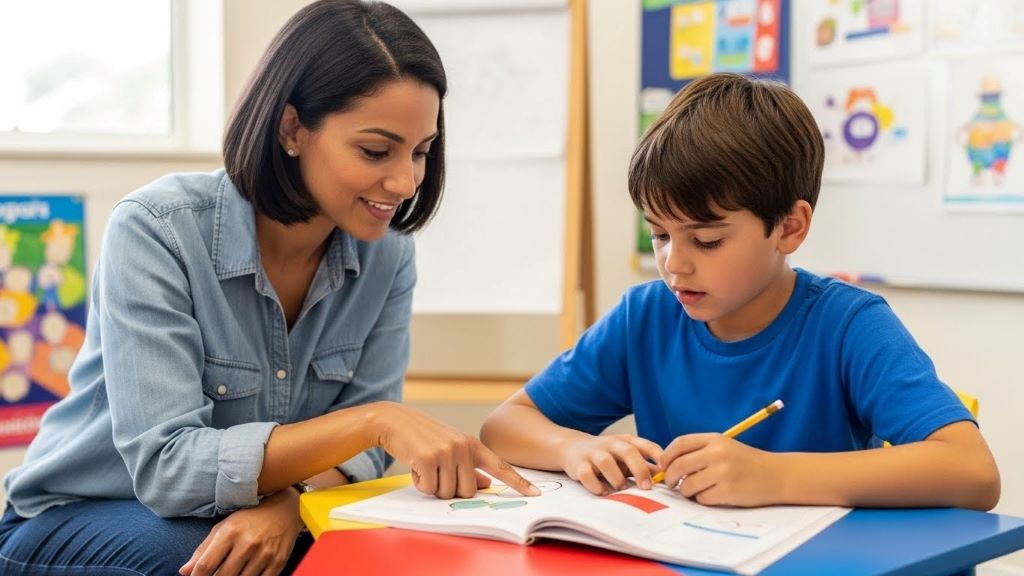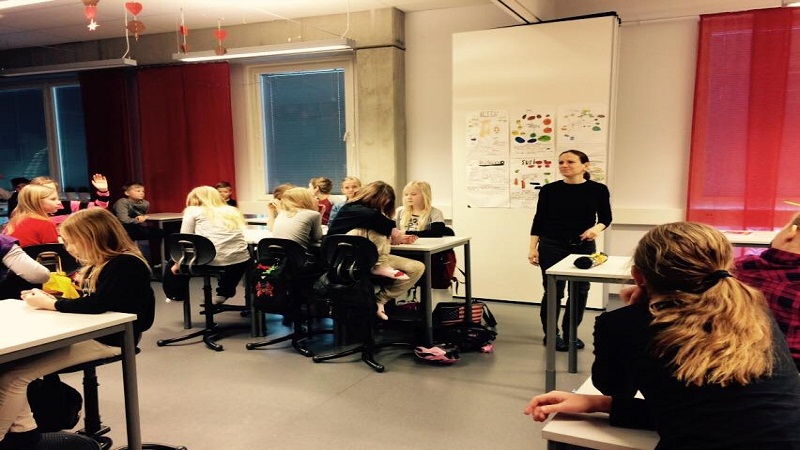There are so many ways to behave in the classroom as teachers and professors; however, the new configurations of knowledge have led to different types of leadership in the classroom. What profile or profiles you identify more?
Democratic
The teacher spends a lot of time in their self – education and building learning networks that can help, not so much in fact delivering content, and earn legitimacy in the group: that is, the so – called “good practices” which aim emotional classroom management. It also takes into account the views and preferences of its students and offers guidelines and clear evaluation criteria.

Mediator
Mediated r delegates learning itself in students, fostering self – discipline and self and group learning of pupils and students according to customizing the objectives of each: the instructions focus on “learning to learn r” rather than the content that will be found, they classified critically and organized by the group. It also offers very extensive opportunities for innovation and learning methodologies based on issues and skills related to information processing and collaborative work, but you can find serious difficulties in basic education levels or unreceptive groups.
Teaching with a mediator character is convenient in the secondary stages of education: the emotional connection to detect problems in your students.
Authoritarian
Although it sounds “ugly” is not worse previous: however, some profiles with more adaptive than others … In general, exercise authoritarian leadership does not imply a bad character and a ruler in hand, but a closed clear criteria to when evaluating the tasks, a form of evaluation focused on the objective test (exams, work) and few group activities or team. However, this intransigence allows sufficient foresight that can lead to opportunities for educational innovation very interesting: planning is the key, which also relieves the students, who, without being empowered, do have control over their results to have clarified all learning requirements or by the teacher.
You may also like to read another article on WeiWeiCS: How to adapt the teaching to the pace of student learning
Traditional
Traditional teaching is uncompromising and dominant, with very little room for innovation and self – development of students, who becomes a passive agent and “listener” class format masterful: no positive reinforcement or reward, but fulfillment of obligations and often they are the evaluation criteria are not transparent. The feedback from these evaluations has always been very poor: that means that if you insist on following the same path as always, feedback results will be the same. This has the consequence that students more readily, for the reasons set out, yeah achieve better results, but the unmotivated or with learning difficulties (of which not their fault) students will fall by the way, in frustration, more demotivate …
In addition, the (not authoritarian) authoritative style generates adults irresponsible and poor learning ability and autonomy: adolescent students of today into adults without autonomy they have to rely on the leadership of the management team of a company in 15 years. You would not want that. Seriously, there are more constructive for maintaining order in the classroom and educate pupils and students in the discipline forms, autonomy and respect, from respect and example, for example. The authority is not imposed: it wins.






